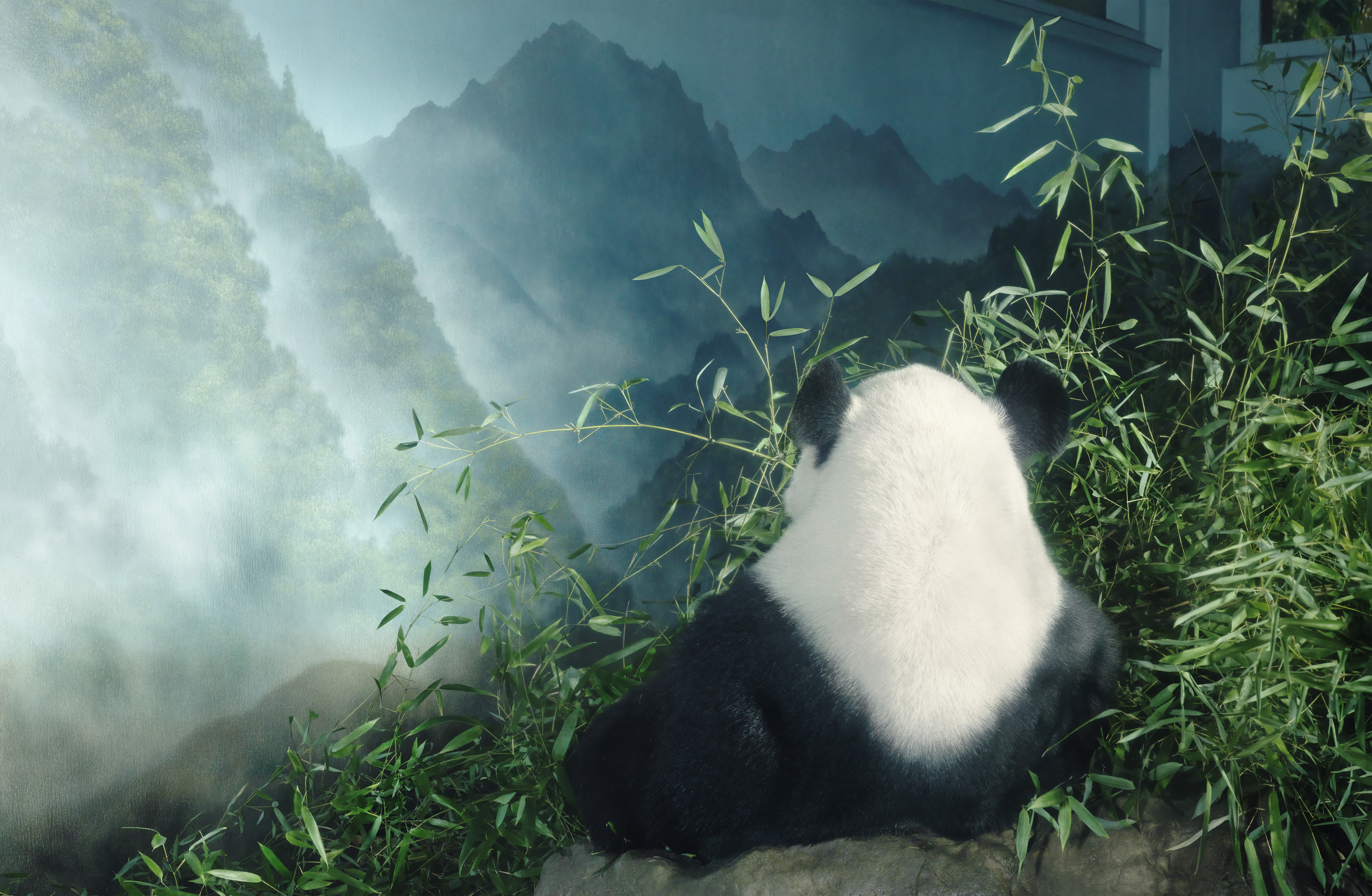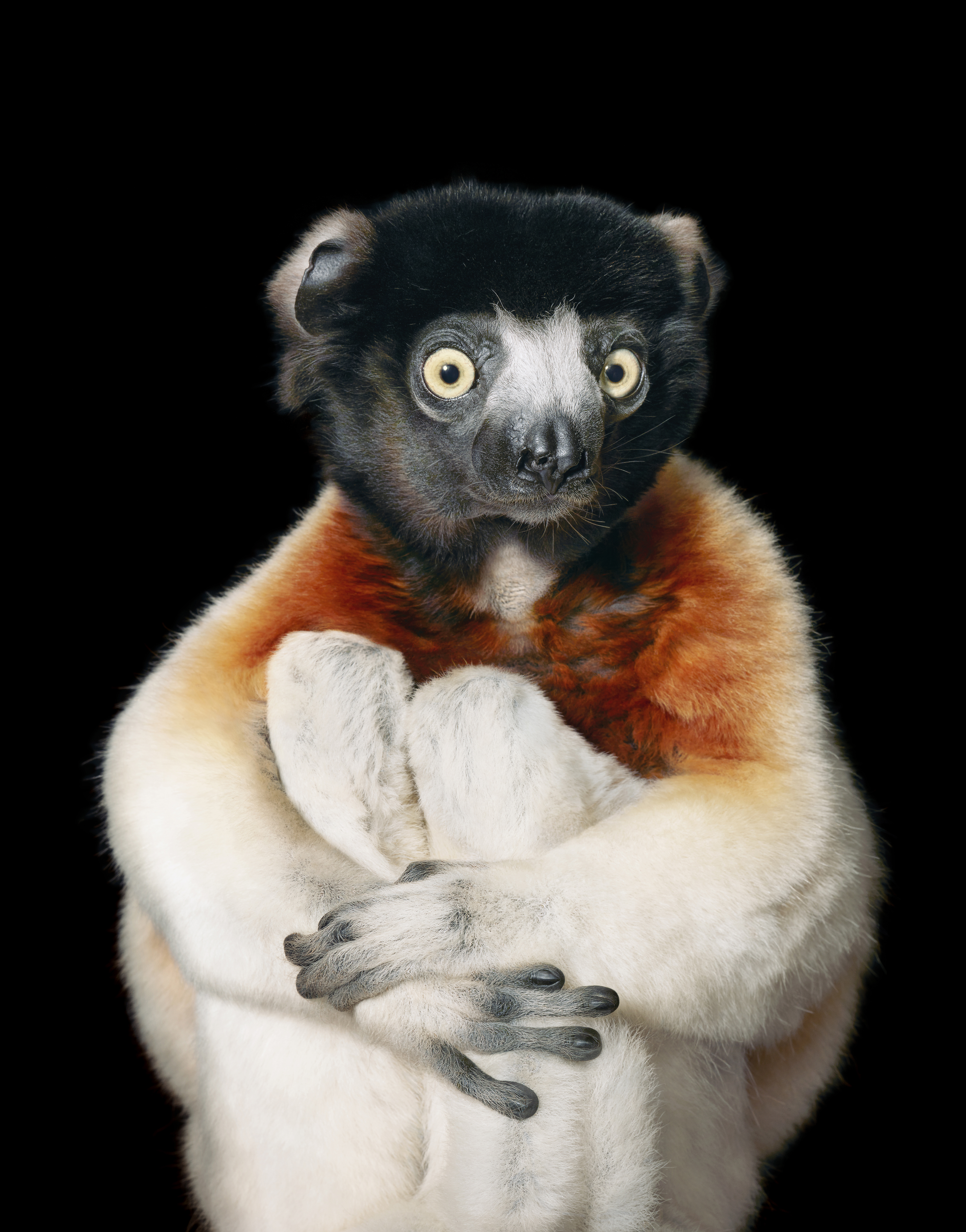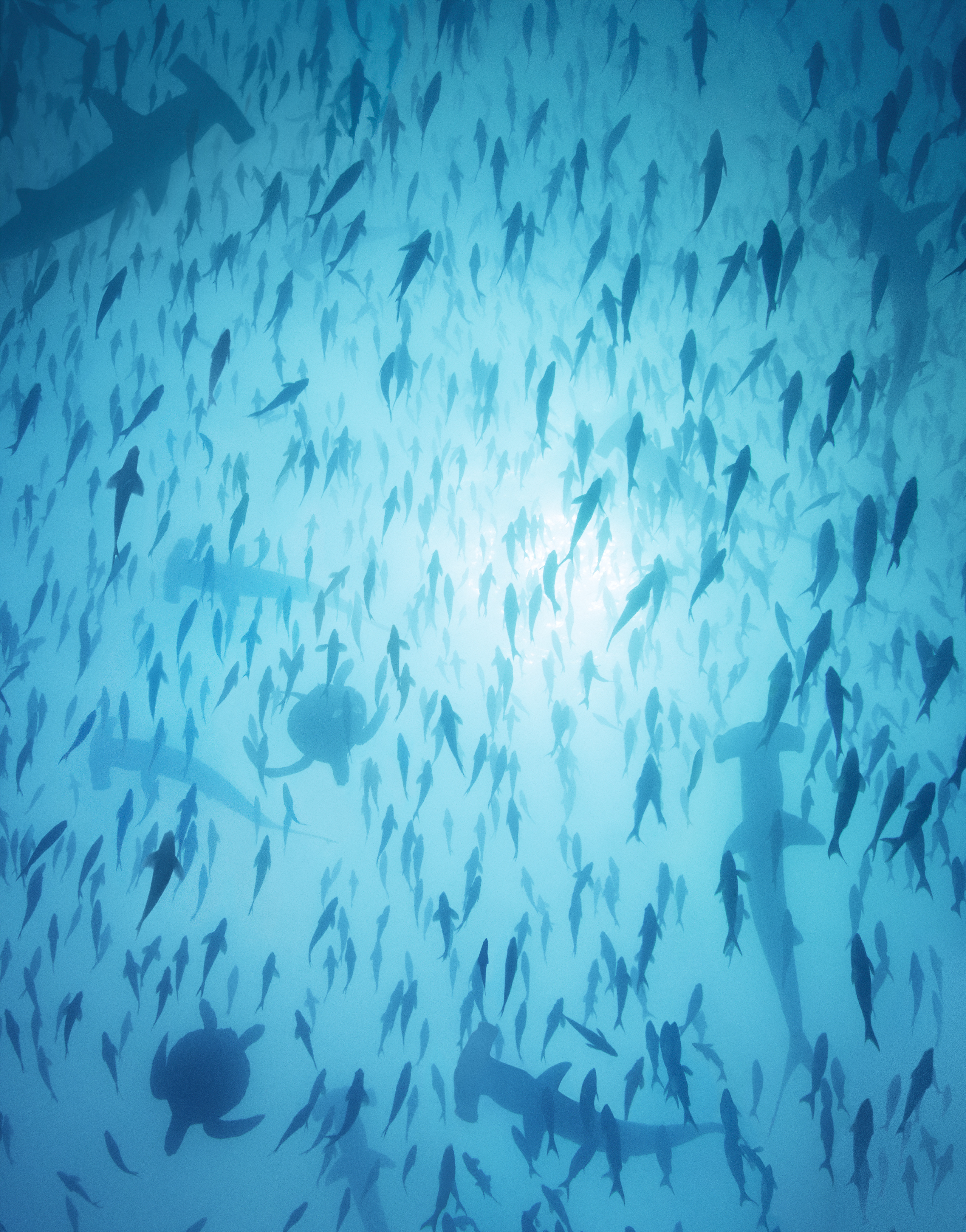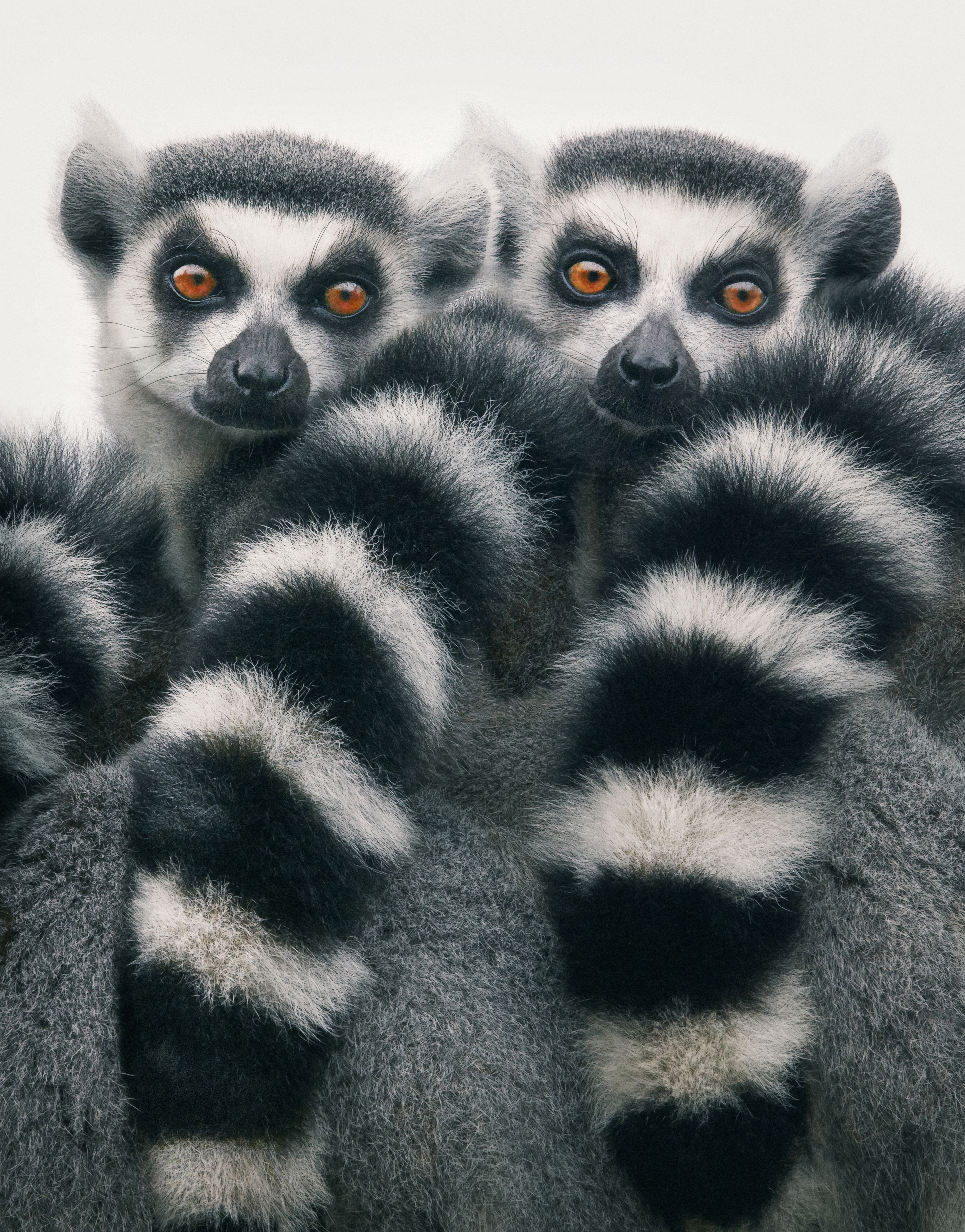Tim Flach interview: the sixth extinction and the democratization of photography
We revisit an interview with Tim Flach ahead of his headline talk at The Photography Show virtual event this weekend
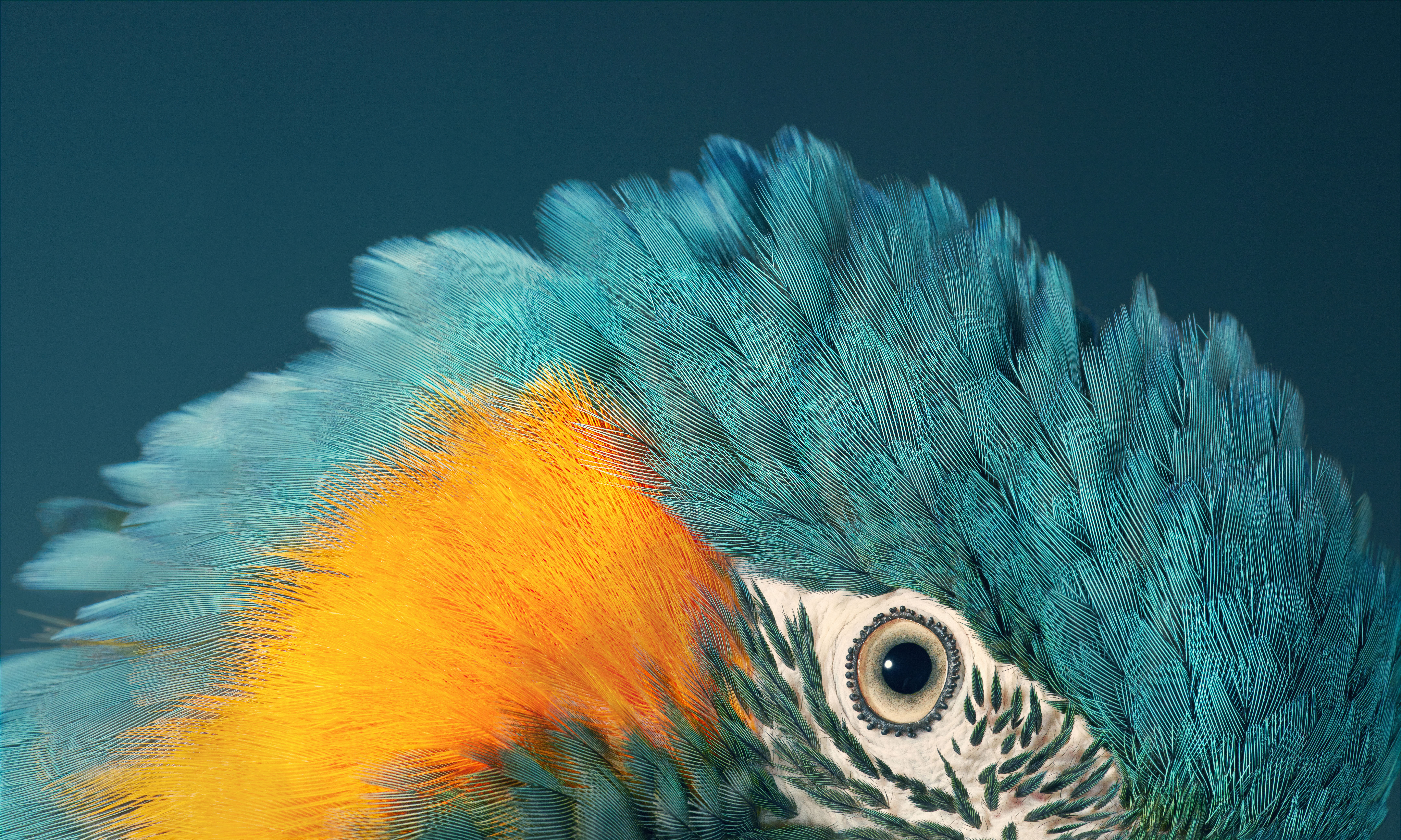
Award-winning animal photographer Tim Flach is one of the headline speakers on the Super Stage at The Photography Show: Spring Shoots – a two-day virtual festival taking place this weekend, on 06 and 07 March.
On Saturday at 14:00 GMT he presents his talk, 'How to evoke empathy through animal portraiture', which will be one of the highlights of the event. You can register FREE for The Photography Show and find out more about how to attend this essential premium session.
We thought it was the perfect time to revisit an interview we did with Tim, which originally appeared in Digital Camera magazine (issue 217) after he received a special award at the eighth season of The Hamdan bin Mohammed bin Rashid Al Maktoum International Photography Award (HIPA).
Fellow photographer Liam Bailey spoke to Tim about the award, his future and the power of photographic storytelling…
Register FREE for The Photography Show Spring Shoots
Liam Bailey: You’re going to get a body of money from HIPA, and you’ve got this prestige position. Are you going to try and do something specific with it this time? Will it fall into a big pile, or have you got a specific idea?
Tim Flach: With the kind of work that I do, like my last book, I turned down work for almost two years. I think inevitably an award like this does give me a bit of space to be able to keep concentrating on issues in the natural world, rather than have to go out and make an income to make up for that shortfall. The award will help me to commit to something that I believe in. You don’t generate projects like that unless you are driven by the bigger issues, really.
And those issues are obviously more pressing than ever. Were you always aware that you were watching a diminishing pool of animals and creatures?
The best camera deals, reviews, product advice, and unmissable photography news, direct to your inbox!
I think you’re more mindful as you become a witness, then once you set off on a journey and you meet people and you hear of the changes that are happening, then it’s inevitable that it starts to change who you are.
We are in a mass extinction, aren’t we?
On the cusp of the sixth extinction. A lot of my interest lies in how we connect people with nature. As we’ve never been more separated from nature, it’s hard to encourage people to take on the storytelling, to understand the stories of what’s happened to the natural world. If people really care about something, they can make the changes.
I think everybody would love to make these really significant changes, but nobody seems that empowered as an individual…
Well, I think the role of photography has an important role to play, as a way of connecting us emotionally. If we care about something emotionally, we can make a difference. We can know facts and figures and some specific information, but the role of photography is to work with the best science and some of the people doing the best science.
A lot of my interest lies in how we connect people with nature… If people really care about something, they can make the changes.
You have a child. Do they come to you directly and tell you about their feelings about nature and the world?
They do. They’ve done certain projects at school that we wouldn’t have had at such a young age. I’ve noticed that with kids I meet from China and Russia, just before they go into the exam stage of their schooling, nearly all of them have done projects on the natural world.
So, technology or social engineering – which is likely to help change what we’re seeing?
Well, there are all different aspects, aren’t there. I think it’s about being smart, but to be smart you have to be informed. For me, photography does have a really important role to play in shaping our understanding of things. That’s why I think that awards like HIPA, that celebrate photography, are also in a sense giving power to people who are seeking to use it for humanitarian or environmental issues. That’s where the importance lies.
HIPA does have a very strong relationship with people who are looking to make great changes around the world, or have made sacrifices themselves to change things… Have you always thought that you have this ability to potentially educate and inform? Or have you changed?
I think we all go down a journey, of course. For years I’ve been active in education itself, insomuch as I’ve been visiting universities and have been a part of the communities of photographers. This was partly out of an interest in how images work, but then progressively also how those images can help us connect with nature. In the last few years I’ve been working quite closely with conservationists, but also with sociologists, looking at how images are read by us, and collaborating with them on how to do that more powerfully.
The democratization of photography has enabled more people to create images, and so be more informed by other people taking pictures…
I think that we are in the time of the ascendance of the photographic image, and that platforms like Instagram are playing more and more of a central role. I think that it was Susan Sontag in the 1970s who mentioned the democratization of photography. I suppose now we truly have that. Almost everyone has a smartphone.
Photography has an important role to play, as a way of connecting us emotionally. If we care about something emotionally, we can make a difference.
Through your workshops, for example, are you able to create emphasis about you as a changer of habits and people through your photography?
When you merge out of a community doing a certain thing – in my case photographs and photography – I suppose you have to put your head above the pulpit. As my work has got out there more and I have the means to reach more people, then inevitably with that comes a responsibility to be concerned with the issues that are really relevant.
Does the HIPA award give you an opportunity to carry on the messaging?
I definitely think that’s a big part of it. That it is a platform, because they’re trying to focus on those who are putting content out there that is about questioning who we are as humanity, and where we can go forward in a constructive, positive way.
You shoot against black quite a lot. Is that something that you chose from the beginning, or was it something that you made a decision about because you wanted to emphasize color?
When I started that sort of photography 20 years ago, it was with the idea that I wanted to take animals into an environment they’d probably not usually be in – a studio. What was interesting for me when beginning work on my book Endangered, though, was reading research by sociologists like Professor Linda Kalof from Michigan State University. They’d written papers where they explored how people reacted to a certain type of imagery.
Images that were done in a style more associated with human representation, maybe a plain background, meant the people concentrated more on the personality. It brought them from a sense of otherness to sameness, whereas some of the traditional wildlife photography didn’t create that desired change, and that kinship. In a sense, that gave me a feeling of confidence going forward that I could concentrate on a style that I’d been evolving, and incorporate it into my last book.
Where I had opportunities to place backgrounds, even outside with natural light, I did that, so we could concentrate on the Philippine eagle or whatever my subject happened to be. When I got close in on the portrait of a Yunnan snub-nosed monkey, an endangered animal, by doing that I was really getting people immersed in the subject. Once people are immersed in the subject, they start reading stories and they start caring more.
I think that it was Susan Sontag in the 1970s who mentioned the democratization of photography. I suppose now we truly have that. Almost everyone has a smartphone.
There’s another image like the gorilla in the water with the reflection on the knuckles as well [www.timflach.com/work/endangered/slideshow/#69], which is quite a tight shot – which you took from a boat, I believe?
At first glance, it might appear to be a studio-light shot. But thanks to the developments in camera technology, I can handhold it on a long-ish lens and get a picture which I knew had that visual sense because, I would watch the pattern of the drinking, and anticipate just when to take the picture.
There is an evolution in your work, as there is in everybody’s. Do you see yourself developing a different type or way of approaching the portraiture of animals? Would you use different techniques or different thoughts?
I’m most driven by why I’m doing something, so not so much. I obviously started out by creating quite stylized imagery, but ultimately what matters is why you’re doing it and what the point of doing it is.
So, for example, if I was presented with a creative brief or something to tackle which meant I had to totally go back, go on a tangent to that, go on a very different journey, I’d be quite happy to do that, because my main concern is why I’m doing it and what’s the ultimate outcome of it. I’m not really driven just by technique, more about the point of doing it in the first place.
But animals still fascinate you to a point where they are still your main subject matter? You wouldn’t move to other parts of nature?
I certainly wouldn’t say I would not move.
Landscape, portraiture or plants?
I’ve done quite a few landscapes in my books over the years anyway. Obviously, natural subjects. But really I think what’s interesting is to chase the right stories. The relevant stories are always going on.
And because of my background with animals, and because I think the natural world is the prominent debate of our times, if we don’t deal with that intelligently and we don’t get our heads around what’s going on, then it will define where we are going in the future.
So I do feel with my skillset already around an understanding and interest in the natural world: it feels the right place to be and the right place to go forward from, because ultimately some of the humanitarian problems will arise out of the problems with the natural world. We can’t separate ourselves from the world we’re in: we’re inextricably linked to it.
Is there any way that you could collectivize your thoughts with other practitioners, makers, creators, to form a larger voice?
I’d always hope that I could lift my voice further, It’s a great privilege to have content that can move things in a constructive direction. The natural world is something that we’ve got to change our relationship to fairly quickly. We need to culturally redefine our relationship with nature and the natural world if we still want to be here for the future.
Do you ever get to the point where you feel you’ve done all you can in photography?
Gosh. I feel like I’m still learning and evolving, very much on the journey.
I think one of the major successes of your imagery is that there is a long-form gaze between you and the subject.
There’s an interesting point about what is it that makes the still image work. What does it do that the moving image doesn’t do? I suppose it is the fragmented moment that you can reflect on. What I’m really interested in is this idea of a sentient being which already has a certain divide because it’s not human.
Are you still influenced by others? Do you get excited by seeing other people’s work, and track the market to see what goes on?
Yes. You’ve got to be curious and interested, and ultimately we work in a culture that’s always about the context in which you’re working. Images resonate with others because they connect. You can’t not be interested in the world you’re in to produce images because you need to know, in a sense, how they may be transformed into meaning by others. And to do that you’ve got to be interested in everything around you.
Endangered by Tim Flach is available now, published by Abrams. His other books include More Than Human and Dogs Gods.
Read more:
Best camera for wildlife photography
Best lenses for bird photography and wildlife
Best trail cameras
I’m an experienced professional photographer whose commissioned work focuses on shooting creative and natural-looking images of people, mainly for clients in the business and industrial sectors. Shot mainly on location but sometimes in the studio, my pictures are used to illustrate websites, branding toolkits, adverts, external and internal communications, and marketing and sales materials. Commissions often involve having to shoot not only portraits but also documentary images and details that illustrate a particular working environment – whether that place is a laboratory, a shipyard or a FTSE 100 boardroom. I’m genuinely interested in other people, and consistently get good results from staff working in a range of contexts, and at all levels. I regularly take pictures in both the UK and internationally, and am confident shooting with limited time, in more challenging conditions, and with or without direction. My aim with any job is always to produce images that not only offer a creative interpretation of the brief but also realise the client’s strategic objectives.
